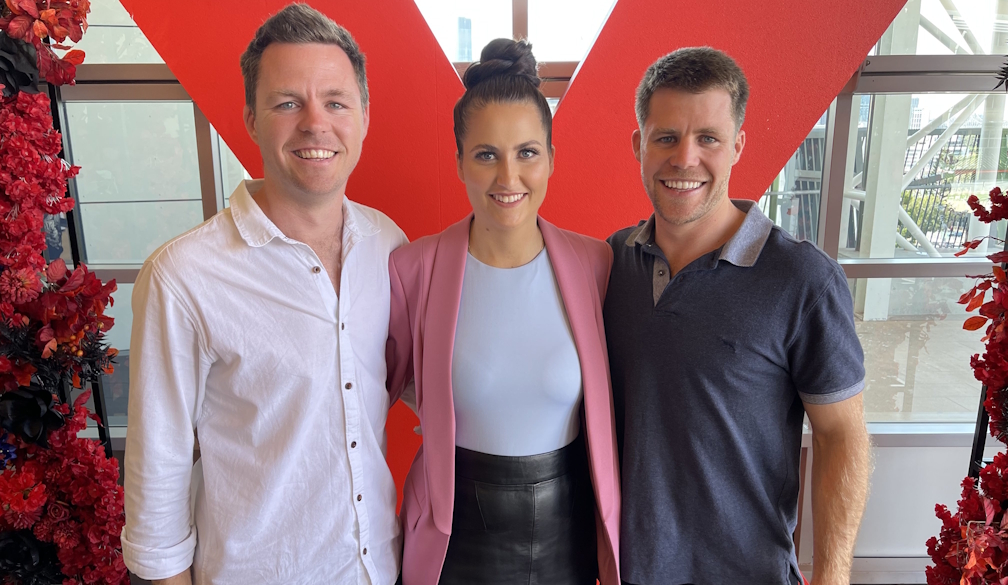New data shows the ACT and Queensland’s economies are beating the rest of the nation
- Written by John Hawkins, Head, Canberra School of Government, University of Canberra
The Australian Capital Territory and Queensland have won bragging rights for having the fastest growing economies in Australia in 2024-25.
Their growth was highlighted in annual data on gross state product (GSP), released[1] by the Australian Bureau of Statistics.
GSP is the state and territory equivalent of gross domestic product (GDP), the most commonly used measure of the size of the national economy.
Across the nation, total GDP grew by 1.4% in the year to June 2025, with strength across the service sector offset by weakness in mining and manufacturing.
The mining sector was a drag
The fastest growing state or territory economy in 2024-25 was the ACT, which expanded by a robust 3.5%. It was followed by Queensland, which grew by 2.2%. They were the only states or territories to outpace the national growth rate. The others mostly grew by around 1%.
The ACT and Queensland were also, along with Tasmania, the only ones where GSP grew faster than population. These figures, given in real terms, exclude the impact of inflation.
The ACT, with a population[2] of 484,000, has a larger GSP than Tasmania – despite the Apple Isle’s bigger population of 576,000.
Unsurprisingly, New South Wales and Victoria, the most populous states, have the largest sized economies overall. They account for 31% and 23% of our national economy. But their GSP grew only by 0.9% and by 1.1% respectively.
The differences reflect the different industry composition of the states. Nationally, the mining sector was affected by severe weather and unplanned disruptions. This held back activity[3] in Queensland, Western Australia and the Northern Territory.
Weakness in the manufacturing industry also restrained economic growth in some states. The ACT, with a services-based economy, was barely affected. It benefited from increased public sector activity, with public administration and safety rising 7.2%.
The near completion of some major transport projects caused construction to detract from economic growth[4] in NSW. But this was offset by a strong harvest that boosted the agriculture sector, the Bureau of Statistics said.
While strong population growth led to housing construction providing a boost to the WA economy, residential construction was weak in Tasmania.
Favourable rural conditions meant that agriculture made a large contribution in NSW, Queensland, Western Australia, Tasmania and the Northern Territory. In contrast, a drought meant agriculture was a large detractor in South Australia.
Incomes differ across the nation
There are differences in real GSP per person across the states and territories.
Western Australia produces more per person due to its large mining industry. This produces large amounts of revenue, but employs relatively few people.
A similar pattern can be seen in the data on real gross state income per person. This also captures the impact of swings in the prices of exports and imports.
Again, the major industry where this is important is mining. This creates more volatility in the average incomes in Western Australia and the Northern Territory than in other parts of the country.
Western Australia’s recent good fortune in having high incomes from high mineral prices is shared by redistributing some of it to the other states and territories through the Commonwealth Grants Commission process.
In the same way, WA has been supported by the rest of Australia when it was poorer for most of the 20th century.
Read more: The controversial GST deal with the states is under review. There are better alternatives[5]
References
- ^ released (www.abs.gov.au)
- ^ population (www.abs.gov.au)
- ^ held back activity (www.abs.gov.au)
- ^ economic growth (www.abs.gov.au)
- ^ The controversial GST deal with the states is under review. There are better alternatives (theconversation.com)
Authors: John Hawkins, Head, Canberra School of Government, University of Canberra







